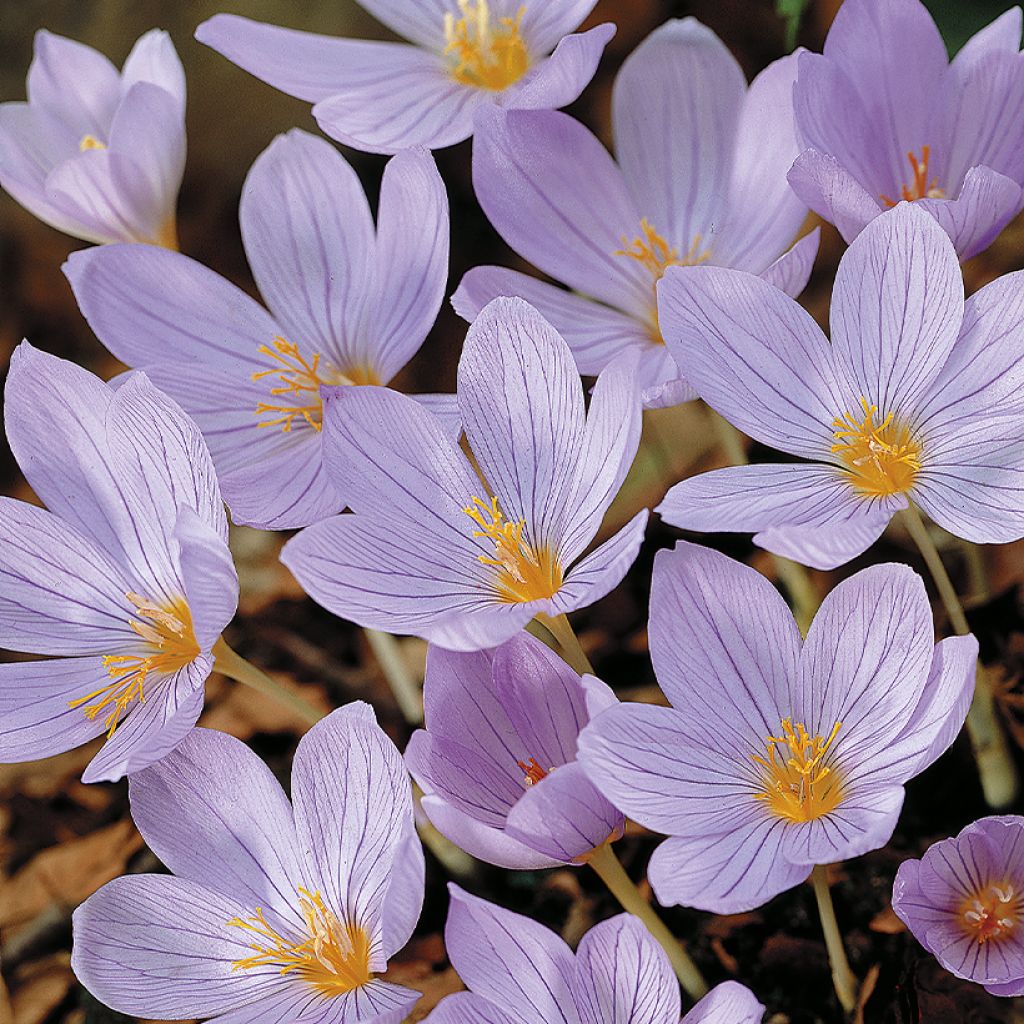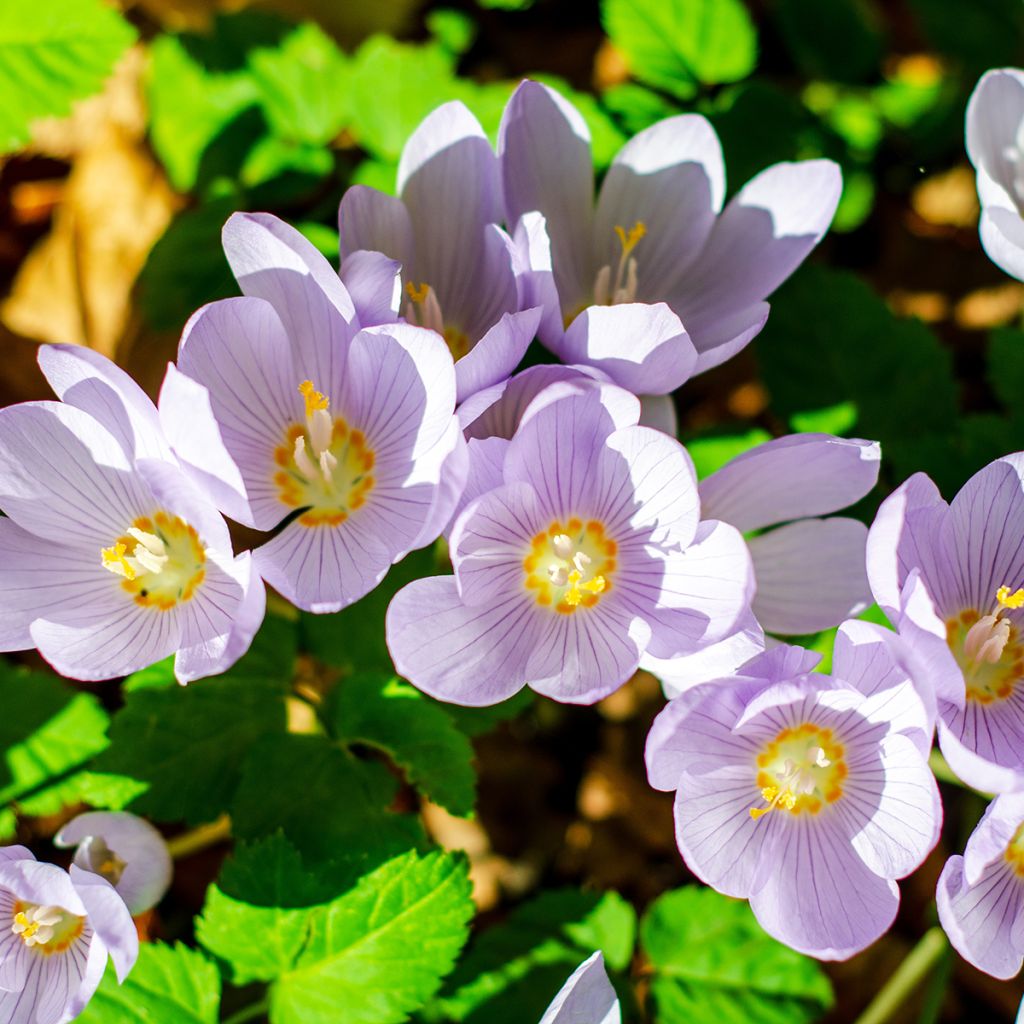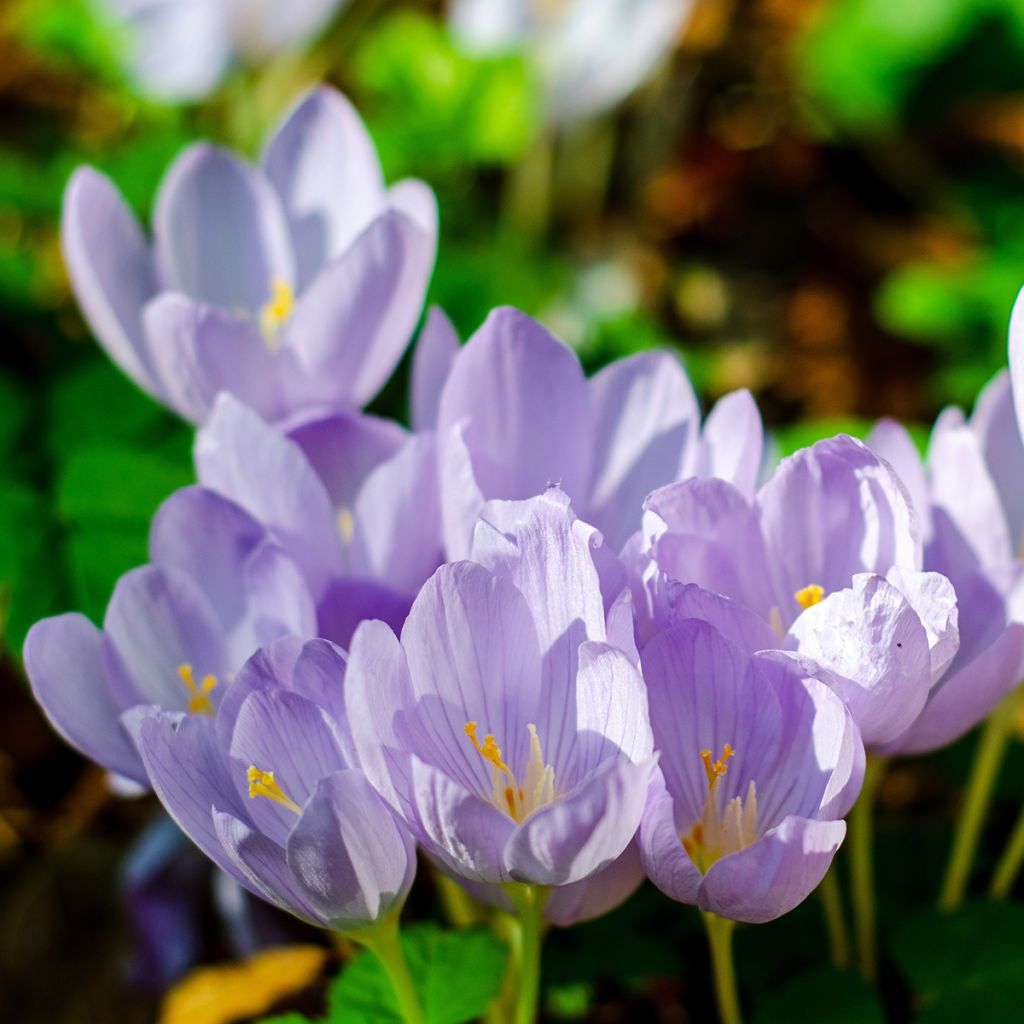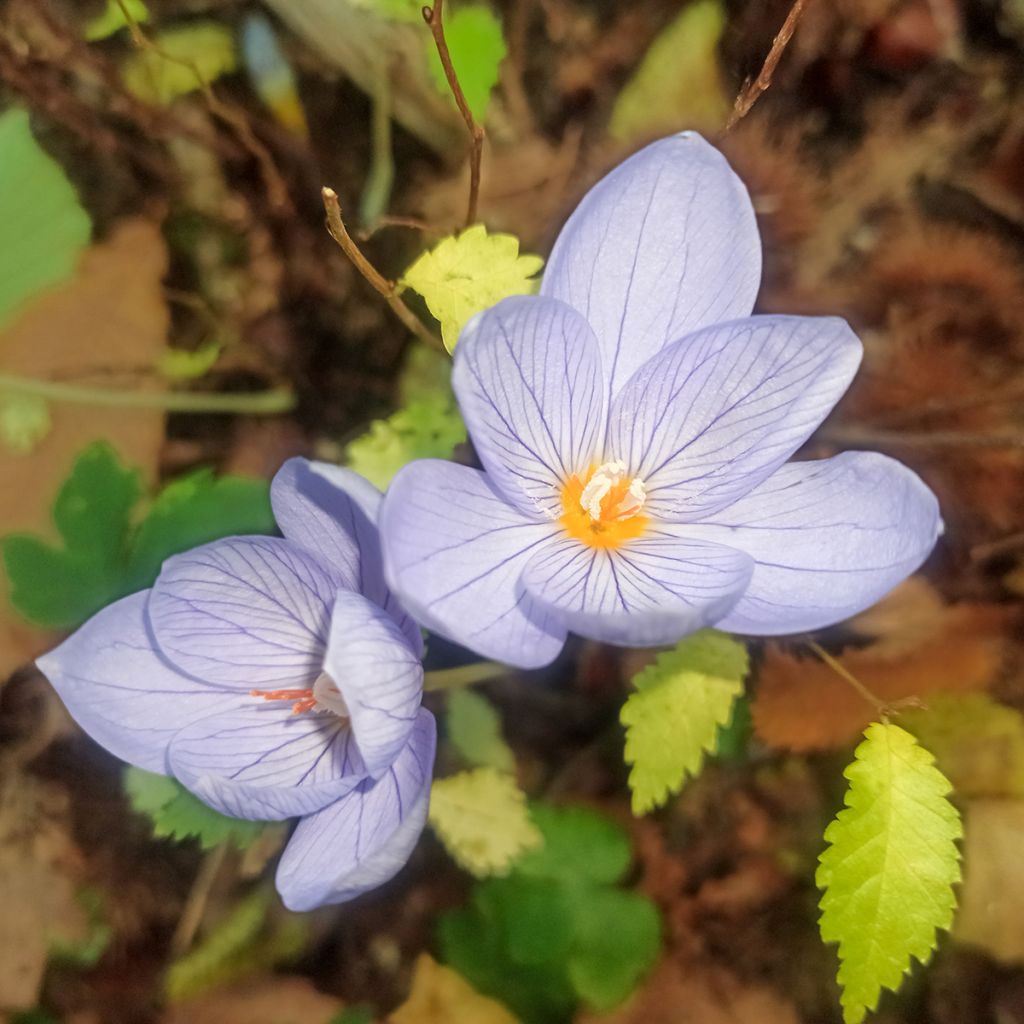Plantfit
Log in / Register
Existing customer?
New customer?
Create an account to track your orders, access our customer service and, if you wish, make the most of our upcoming offers.
My Account
Hello
Shipping country and language
Your country of residence may be:
For a better user experience on our website, you can select:
Your shipping country:
Andorra
Austria
Belgium
Bulgaria
Croatia
Czechia
Denmark
Estonia
Finland
France
Germany
Greece
Hungary
Iceland
Ireland
Italy
Latvia
Lithuania
Luxembourg
Monaco
Netherlands
Poland
Portugal
Romania
Slovakia
Slovenia
Spain
Sweden
Switzerland
Language:
French
English


Crocus pulchellus


Crocus pulchellus


Crocus pulchellus


Crocus pulchellus
Crocus pulchellus
Crocus pulchellus
Order in the next for dispatch today!
Dispatch by letter from €3.90.
Delivery charge from €5.90 Oversize package delivery charge from €6.90.
More information
This item is not available in your country.
Select delivery date,
and select date in basket
This plant carries a 6 months recovery warranty
More information
We guarantee the quality of our plants for a full growing cycle, and will replace at our expense any plant that fails to recover under normal climatic and planting conditions.
From €5.90 for pickup delivery and €6.90 for home delivery
Non-EU destinations: delivery charges according to weight of consignment. .
Express home delivery from €8.90.

Does this plant fit my garden?
Set up your Plantfit profile →
Description
Crocus pulchellus, sometimes nicknamed Hairy Crocus or Constantinople Crocus, is a beautiful botanical species that flowers in autumn and is easy to grow in well-drained soil. This small bulbous plant produces light lilac-blue flowers that reveal delicate purple veins when held up to the light. In the centre of the corolla, a yellow throat welcomes a decorative orange style. They emerge from the ground at the end of the season, with the drop in temperature and the return of rain, before the appearance of foliage. Plant these small bulbs in a rock garden, at the edge of a flower bed, at the base of deciduous trees, or in a lawn. They can also be grown in pots, allowing for a closer admiration of their delicate flowers.
Crocus pulchellus belongs to the Iridaceae family, like all crocuses. This species, closely related to C. speciosus, has a more solid floral tube, which prevents the flower from bending too much in the rain. It is naturally found from the north of the Balkan Peninsula to the northwest of Turkey, passing through Mount Athos in northern Greece. In nature, this crocus grows in meadows, undergrowth, or sparsely populated scrubland. It has been awarded by the RHS in England for its ornamental qualities and performance in the garden. Therefore, one can assume that its cultivation is not a matter for specialists!
In cultivation, Crocus pulchellus flowers in September-October, depending on the climate. Each bulb produces a 10cm (4in) tall flower that emerges from the ground before the leaves develop. The flowers, in the shape of an elongated cup, are composed of 6 petals finely veined in purple on a blue mauve background. They open to reveal a small yellow throat. The centre of the flower is dominated by an orange style divided into filaments. This style is supported by a column of white anthers and villous filaments. The flowers close at night and in bad weather, only to open widely in the sun. The foliage emerges from the ground after flowering, persists in winter, and dries up in early spring. It consists of fine linear leaves that are single and alternate. They are medium green with a pronounced central vein. The 'bulbs' are corms. In plant morphology, a corm is an underground storage organ that resembles a bulb but is actually a thickened stem surrounded by a fibrous tunic.
The flowering of Crocus pulchellus is a pleasant surprise in early autumn. It can be planted in rock gardens, lawns, in the sun, or even in the shade of deciduous shrubs and trees. It will thrive and naturalise in any well-drained soil, even if slightly moist in summer. Combine autumn crocuses with their spring cousins to enjoy multiple blooms throughout the year. Some ideas for combinations include Anemone blanda, botanical narcissus, cyclamen, and other small spring bulbs such as tulips and botanical narcissus. In the middle of the lawn, opt for grape hyacinths and violets.
Crocus roots can contract like a spring, allowing the plant to settle at its ideal depth.
Crocus pulchellus in pictures


Plant habit
Flowering
Foliage
Botanical data
Crocus
pulchellus
Iridaceae
Southern Europe
Planting and care
Crocus pulchellus is an easy plant to naturalise, as its bulbs tolerate slightly moist soils in summer. Plant the bulbs in autumn, preferably from September, at a depth of 10 to 12cm (4 to 5in), spacing them 10cm (4in) apart. Plant in ordinary, slightly acidic, neutral, or slightly alkaline soil that is loose, well-worked, and well-drained. Never add manure or poorly decomposed compost to the planting soil, as this could cause the bulbs to rot. It will thrive in moist to dry soil in summer. Place it in a good exposure, sunny or semi-shaded. In September, the flowers will appear, faithfully returning each year. Leave them in place for several years to obtain beautiful spots of colour without any special care.
Planting period
Intended location
Care
This item has not been reviewed yet - be the first to leave a review about it.
Haven't found what you were looking for?
Hardiness is the lowest winter temperature a plant can endure without suffering serious damage or even dying. However, hardiness is affected by location (a sheltered area, such as a patio), protection (winter cover) and soil type (hardiness is improved by well-drained soil).

Photo Sharing Terms & Conditions
In order to encourage gardeners to interact and share their experiences, Promesse de fleurs offers various media enabling content to be uploaded onto its Site - in particular via the ‘Photo sharing’ module.
The User agrees to refrain from:
- Posting any content that is illegal, prejudicial, insulting, racist, inciteful to hatred, revisionist, contrary to public decency, that infringes on privacy or on the privacy rights of third parties, in particular the publicity rights of persons and goods, intellectual property rights, or the right to privacy.
- Submitting content on behalf of a third party;
- Impersonate the identity of a third party and/or publish any personal information about a third party;
In general, the User undertakes to refrain from any unethical behaviour.
All Content (in particular text, comments, files, images, photos, videos, creative works, etc.), which may be subject to property or intellectual property rights, image or other private rights, shall remain the property of the User, subject to the limited rights granted by the terms of the licence granted by Promesse de fleurs as stated below. Users are at liberty to publish or not to publish such Content on the Site, notably via the ‘Photo Sharing’ facility, and accept that this Content shall be made public and freely accessible, notably on the Internet.
Users further acknowledge, undertake to have ,and guarantee that they hold all necessary rights and permissions to publish such material on the Site, in particular with regard to the legislation in force pertaining to any privacy, property, intellectual property, image, or contractual rights, or rights of any other nature. By publishing such Content on the Site, Users acknowledge accepting full liability as publishers of the Content within the meaning of the law, and grant Promesse de fleurs, free of charge, an inclusive, worldwide licence for the said Content for the entire duration of its publication, including all reproduction, representation, up/downloading, displaying, performing, transmission, and storage rights.
Users also grant permission for their name to be linked to the Content and accept that this link may not always be made available.
By engaging in posting material, Users consent to their Content becoming automatically accessible on the Internet, in particular on other sites and/or blogs and/or web pages of the Promesse de fleurs site, including in particular social pages and the Promesse de fleurs catalogue.
Users may secure the removal of entrusted content free of charge by issuing a simple request via our contact form.
The flowering period indicated on our website applies to countries and regions located in USDA zone 8 (France, the United Kingdom, Ireland, the Netherlands, etc.)
It will vary according to where you live:
- In zones 9 to 10 (Italy, Spain, Greece, etc.), flowering will occur about 2 to 4 weeks earlier.
- In zones 6 to 7 (Germany, Poland, Slovenia, and lower mountainous regions), flowering will be delayed by 2 to 3 weeks.
- In zone 5 (Central Europe, Scandinavia), blooming will be delayed by 3 to 5 weeks.
In temperate climates, pruning of spring-flowering shrubs (forsythia, spireas, etc.) should be done just after flowering.
Pruning of summer-flowering shrubs (Indian Lilac, Perovskia, etc.) can be done in winter or spring.
In cold regions as well as with frost-sensitive plants, avoid pruning too early when severe frosts may still occur.
The planting period indicated on our website applies to countries and regions located in USDA zone 8 (France, United Kingdom, Ireland, Netherlands).
It will vary according to where you live:
- In Mediterranean zones (Marseille, Madrid, Milan, etc.), autumn and winter are the best planting periods.
- In continental zones (Strasbourg, Munich, Vienna, etc.), delay planting by 2 to 3 weeks in spring and bring it forward by 2 to 4 weeks in autumn.
- In mountainous regions (the Alps, Pyrenees, Carpathians, etc.), it is best to plant in late spring (May-June) or late summer (August-September).
The harvesting period indicated on our website applies to countries and regions in USDA zone 8 (France, England, Ireland, the Netherlands).
In colder areas (Scandinavia, Poland, Austria...) fruit and vegetable harvests are likely to be delayed by 3-4 weeks.
In warmer areas (Italy, Spain, Greece, etc.), harvesting will probably take place earlier, depending on weather conditions.
The sowing periods indicated on our website apply to countries and regions within USDA Zone 8 (France, UK, Ireland, Netherlands).
In colder areas (Scandinavia, Poland, Austria...), delay any outdoor sowing by 3-4 weeks, or sow under glass.
In warmer climes (Italy, Spain, Greece, etc.), bring outdoor sowing forward by a few weeks.